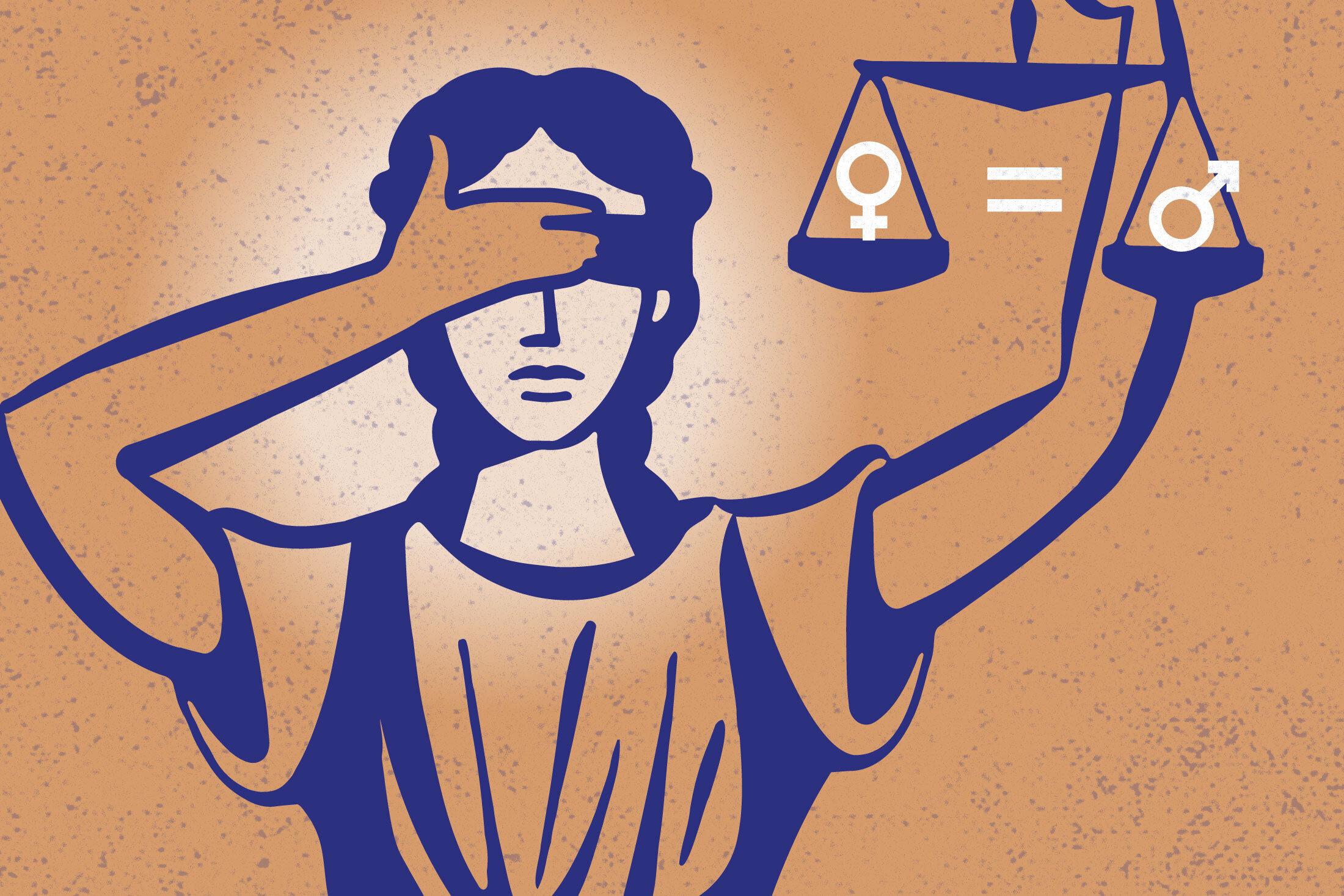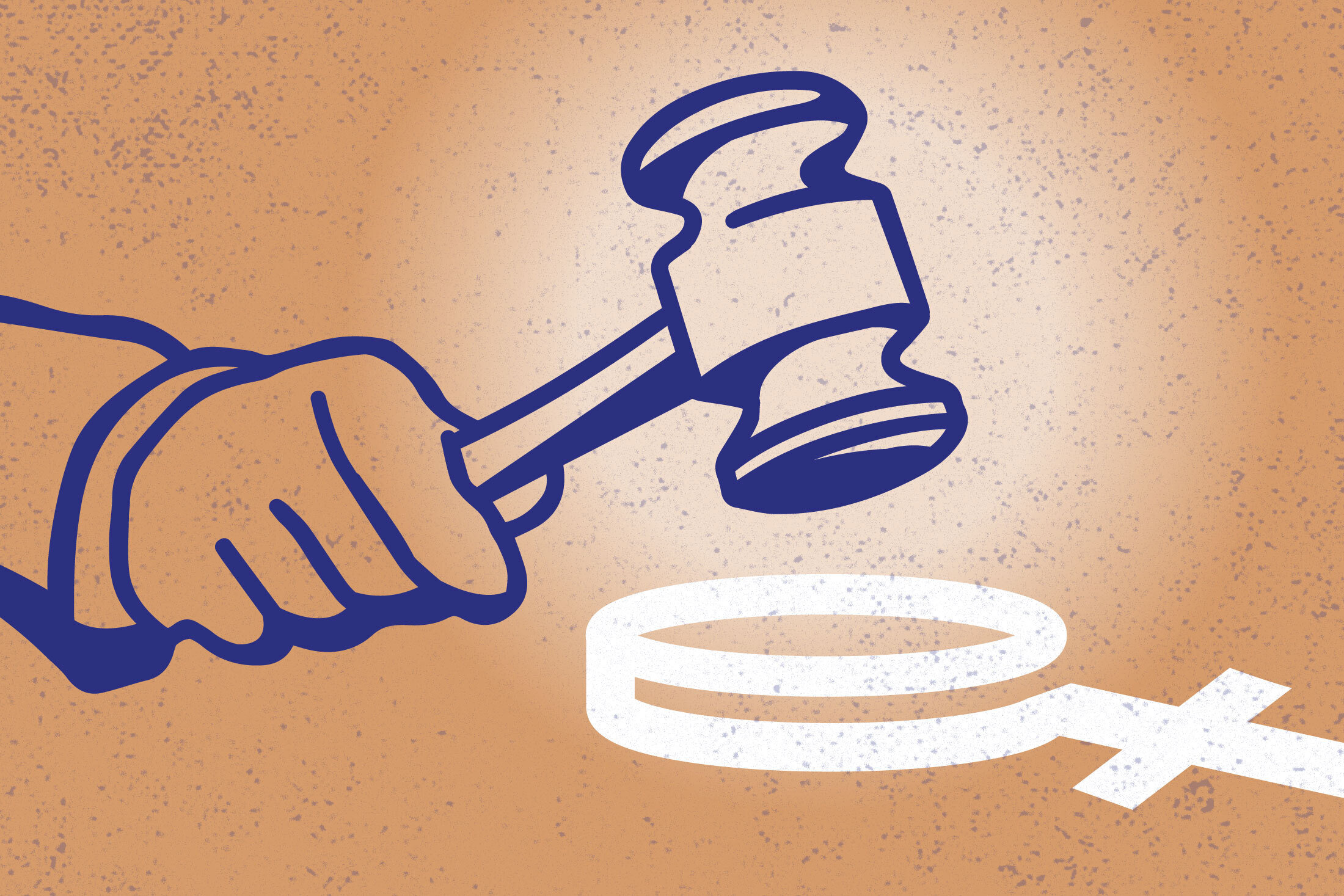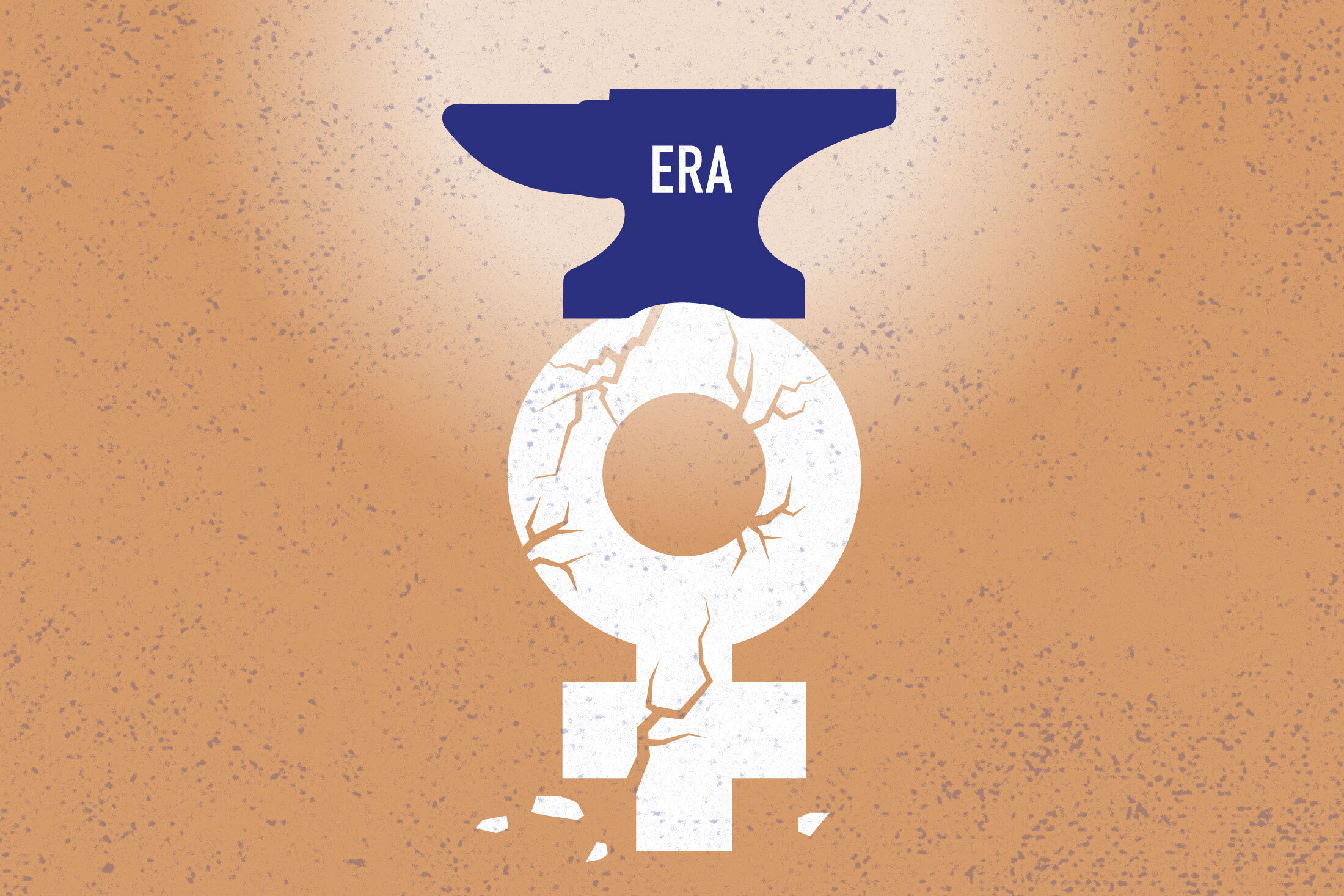The MRA/TRA Case for the Equal Rights Amendment
What we can learn from the patriarchy’s embrace of the ERA
This article was written by Lauren Bone as part of a series about the ERA.
“What the equal rights amendment does is that it moves up sex discrimination which is currently interpreted to protect all LGBTQ people to a strict scrutiny class, meaning any discrimination against LGBTQ people, period, and specifically trans people because of that gender piece, will be protected.”
Apart from its other proponents, the Equal Rights Amendment (ERA) has two non-feminist groups who express enthusiastic support for its passing which should give women serious pause: extremist factions of the men’s rights movement, and the gender identity activists.
Men’s rights activists (“MRAs”) have asserted that a number of their policy goals would be served by the ratification of the ERA, but the most concerning to us are:
Family law
Strengthen the ability for men to sue for joint custody and/or visitation rights of a biological child conceived through rape;
The concept of “financial abortion” whereby men could choose during the pregnancy to “opt out” of financial responsibility for the future child[1], born as a result of an unintended pregnancy, under the premise that Roe v. Wade would equally apply to men;
Strengthening ability of men to force a pregnant woman to carry to term, on his word that he is the father;
Rape and violence
Treating sexual violence and domestic violence as a gender-neutral problem, including through funding and service availability;
Rolling back enforcement of marital rape laws[2].
Redressing historical exclusion and discrimination
Ending women-only scholarships;
Prohibiting networking events and other opportunities for women in underrepresented industries (as has already been happening in states that have added strict scrutiny into their state constitutions).
Trans activists see the ERA as the ‘holy grail’ of enshrining self-identification of sex in the law, which means that single-sex spaces and services would no longer exist. In addition to the articles in “Further Reading,” trans activist Charlotte Clymer did a podcast last spring in which he discussed the ERA. He is quoted at the top of this article explicitly embracing the ERA’s strict scrutiny as a method of achieving his goals, and further elaborating:
“The Equal Rights Amendment is different. It says that you are protected on the basis of gender, so all genders are protected and all sexes are protected. So what you are assigned at birth and how you express yourself in the public square, these two are overlapping with the Equality Act but it’s not the same thing. So we need to pass the Equality Act but we also need to ensure that we get the ERA passed and ratified.”
Some may think that courts will take the side of “common sense” and preserve sex-based rights for women and girls but, in reality, the judiciary is already captured.
In Grimm v. Gloucester County School Board, the Fourth Circuit repeatedly put “biological sex” in scare quotes, and adopted the regressive view that Grimm must have been male because she was “uncomfortable” wearing a dress. The court questioned whether Grimm “remained biologically female,” in light of her self-perception as male, and attributed to bias the fact of sex-separation of restrooms, saying that it “privileges sex-assigned-at-birth over Grimm’s medically confirmed, persistent and consistent gender identity.” They even analogized sex-segregation of bathrooms to race-segregation.
As discussed in our article on the post-ERA legal landscape, common sense has already left some of our courthouses. Our federal judges can no longer even be trusted to allow litigants to accurately describe the sex of the parties to a case.
The Grimm court ultimately ruled that she must be permitted to use the boy’s bathroom because her “treatment provider identified using the boys restrooms as part of the appropriate treatment.” They, along with every other court that has already submitted to the gender activists, will not use the ERA to protect women and girls. They are too busy comparing single-sex accommodations to Jim Crow laws, and eliminating them as part of someone else’s psychiatric treatment plan.
Further, as noted in the history section, efforts to change the language of the amendment to protect women and girls have been repeatedly stymied, and courts will look to such events to determine legislative intent. Similarly, the last time the ERA was debated in Congress, there was testimony that specifically addressed “trans inclusion” and how the ERA would help gender identity advocates.
The embrace of the Equal Rights Amendment by opponents of women’s sex-based rights is not a reason to reject it; but it is a reason to pause and reflect on their arguments. We find their case persuasive. In bringing an end to intermediate scrutiny, the ERA would render women more vulnerable to sexual and reproductive exploitation, endanger services and resources that ensure equal opportunity, and put single-sex spaces in further jeopardy. Don’t take our word for it - take Charlotte Clymer’s.
Trans-activists discuss the ERA (Clymer begins at 18:21)
Learn More About Why WoLF Opposes the ERA
This article is part of a series of posts on the feminist argument against the ERA
Further Reading
The ERA Is Queer, and It's in Joe Biden's 'Agenda For Women' (advocate.com)
Notes
[1] “At the same time that women have control over their parenthood through abortion or adoption, men’s reproductive rights are either ignored or condescendingly dismissed. Men lack the “right to choose” legal fatherhood, but have the responsibility of financial support. Further, men have no corresponding right to either custody or noncustodial access to their children.” Voice in abortion - “Rights of Unwed Fathers”
[2] "I don't think that there should be anything called marital rape laws. I don't deny that the elements involved with rape can occur in a marriage. They certainly do. But the problem with the concept of having something called marital rape is that it makes every man vulnerable in a bad situation to blackmail. It makes them vulnerable to false accusations for a variety of motivations that we know exists" "Spousal Rape Laws". CNN. July 31, 1992. Tom Williamson, President National Coalition of Free Men:






